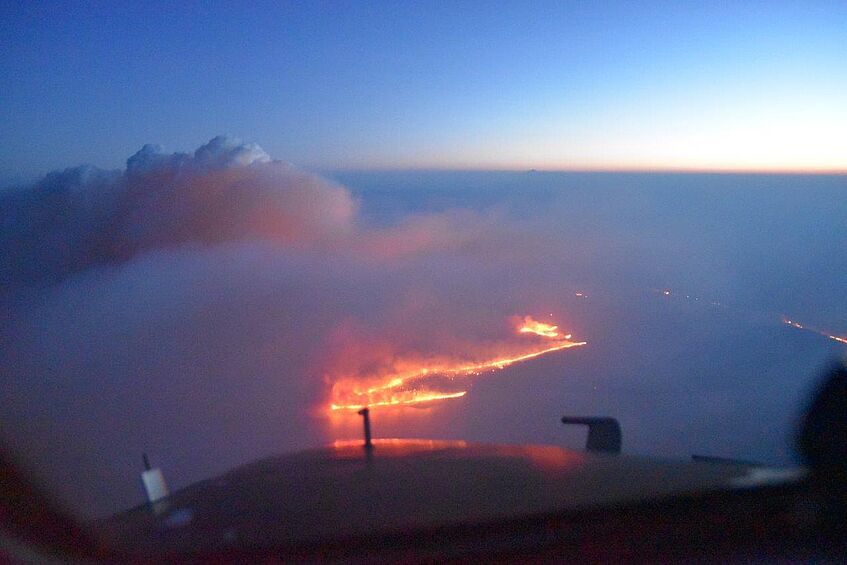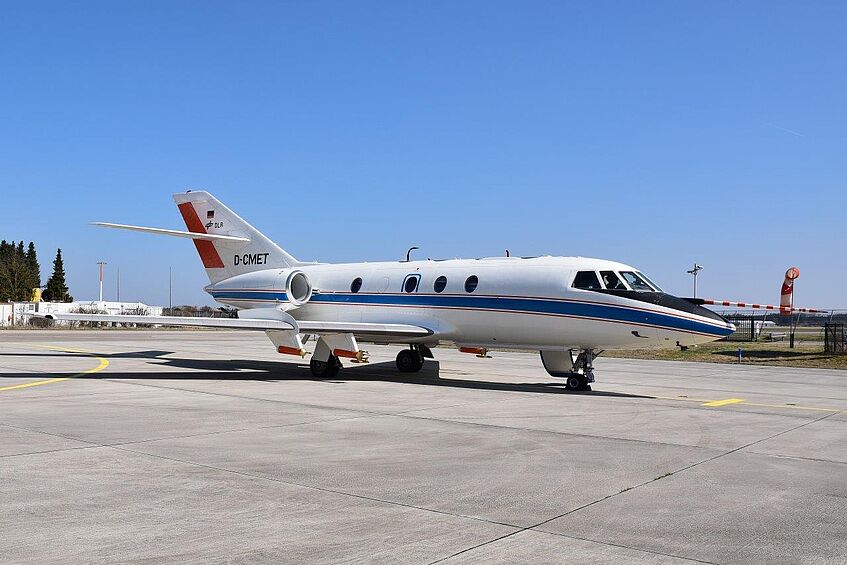Airborne aerosol measurement
Fire Influence on Regional to Global Environments Experiment - Air Quality (FIREX-AQ)
The NOAA-NASA field experiment FIREX-AQ (Fire Influence on Regional to Global Environments Experiment - Air Quality) investigates how wood burns affect air quality and climate change in the atmosphere by making measurements with the NASA DC-8 Airborne Science Laboratory as well as two NOAA Twin Otter research planes (NOAA-CHEM, NOAA-MET) that will fly to wood burning sites in North America.
Additional measurements are performed by two Mobile Laboratories (Aerodyne, NASA Langley) and serveral Ground Sites (Boise/ID, McCall/ID, Missoula/MT, Mount Bachelor/OR) near the burning sites and combined with data from the NASA ER-2 High Altitude Platform, NightFOX UAS and satellites.
Measurements at Atmospheric Tomography Mission (ATom)
The NASA-sponsored ATom airborne field experiment investigates how human emissions affect air quality and climate change in the atmosphere by making measurements with the DC-8 research aircraft that will fly from near the North Pole down the middle of the Pacific Ocean, to the edge of Antarctica and back up the Atlantic Ocean.
Absorbing aerosol layers in a changing climate: aging, lifetime and dynamics (A-LIFE)
This project has received funding from the European Research Council (ERC) under the European Union’s Horizon 2020 research and innovation programme under grant agreement No. 640458 (A-LIFE). In addition, the German Aerospace Center (DLR) provides funding for a significant amount of flight hours and aircraft allocation days for the A-LIFE aircraft field experiment, and two EUFAR projects (16 flight hours) are clustered with A-LIFE.
Faculty:
Univ.-Prof. Dr. Bernadett Weinzierl



